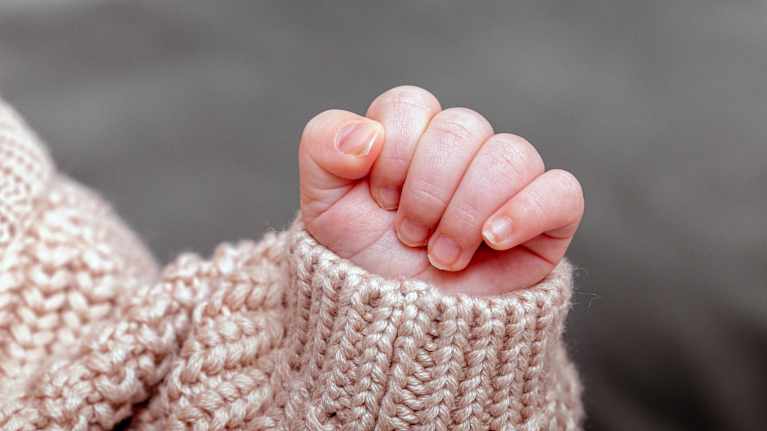Vaccine hesitancy is increasingly common in Central Ostrobothnia, where 3.7 percent of children born in 2022 have not received any vaccinations.
Yle talked to one mother about her decision not to vaccinate her child. She is a 34-year-old mother of three living in Central Ostrobothnia who has not vaccinated her youngest.
Her third child, who is now two, should already have been immunized against illnesses such as rotavirus, pneumonia, sepsis, whooping cough and polio, in line with Finland's national vaccination schedule.
"After every vaccination, my middle child suffered from severe ear infections and breathing difficulties," the mother said. "I'm waiting a few more years before vaccinating my youngest — if I decide to vaccinate at all."
The mother spoke anonymously due to the sensitive nature of discussing a minor's health history. Her identity is known to Yle.
No longer routine
Vaccination coverage has historically been lowest among people living along Finland's Ostrobothnian coast.
Although Ostrobothnia once had the highest proportion of unvaccinated children, vaccination rates began to improve after 2016. However, in 2022, the number of unvaccinated three-year-olds in the region began rising again.
Now, Central Ostrobothnia is also seeing an increase in anti-vaccine sentiment.
The region currently has the highest proportion of unvaccinated children born in 2022 in mainland Finland, with 3.7 percent totally unvaccinated. Nationwide, the proportion is 1.9 percent.
"Getting vaccinated used to be expected, but that's no longer the case," said Marko Rahkonen, chief of infectious diseases for the wellbeing services county.
These days, some parents want to leave the vaccination decision up to the kids themselves.
"Some believe that a child can catch up on their vaccinations once they are old enough to decide for themselves," Rahkonen explained, noting that vaccinations are recommended at specific ages to ensure children are protected against diseases within their age group.
Mia Kontio, a leading expert at public health authority THL, told Yle the situation was worrying.
"Something is going on there as more parents are turning down basic vaccines for their children. The risk of an epidemic increases significantly if there are areas with a larger number of unvaccinated children. The likelihood of severe illness in individual children also rises."
The area had a close call seven years ago when an unvaccinated kindergartner came down with measles in Luoto, a neighboring municipality of Kokkola, exposing around 400 people to the disease.
The area ultimately avoided an epidemic as hundreds of unvaccinated children got the MMR vaccine, which protects against measles, among other diseases.
Several factors underpin Ostrobotnia's low vaccination coverage, including influences from neighbouring Sweden.
Tailored schedules
Back in Central Ostrobothnia, the mother speaking to Yle said she was most worried about newer vaccines.
"Vaccines that are suddenly developed and immediately administered are very scary, in my opinion. I don't want to put my children through that kind of experiment."
This mother would still like her child to receive some vaccinations, such as the one for tetanus.
The tetanus vaccine is, however, not given separately but part of a vaccine combination also protecting against diphtheria, whooping cough and polio, among others.
"It's a huge amount of substances all at once for a small child," she said. "It would be nice if I could choose the vaccines based on which diseases pose the greatest threat," she added.
Over the years, health authorities have become familiar with some parents' wish to set their own vaccine schedules, according to Mia Kontio of the THL.
"It is not possible. Some vaccines are combination vaccines, and they cannot be given separately," she explained.
Kontio also emphasised that vaccines are extensively researched, and the amount of vaccine administered to young children has been carefully considered.
"The vaccines contain a very small dose of the pathogen compared to the levels a child would be exposed to if they contracted the disease."
